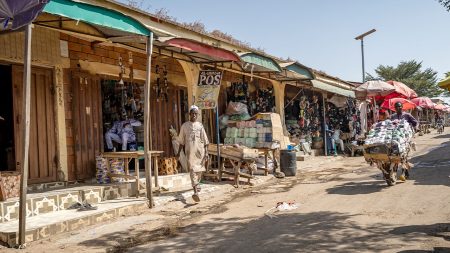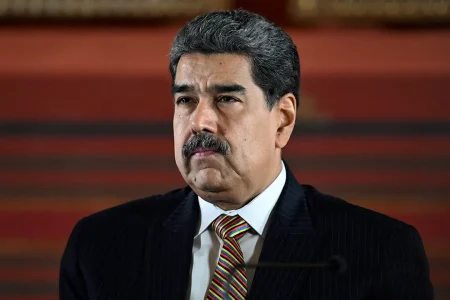The unexpected resurgence of Islamist rebels in Syria, spearheaded by Hayat Tahrir al-Sham (HTS), has dramatically altered the landscape of the Syrian civil war and sent ripples of instability throughout the Middle East. The swift capture of Hama, Syria’s second-largest city, followed by the rapid advance towards Homs, a strategic transportation hub, has caught the Syrian regime, its allies (Iran and Russia), and regional powers off guard. Turkey, a NATO member, has openly expressed support for the rebel advance, with President Erdogan stating that the ultimate objective is Damascus, the Syrian capital. This Turkish endorsement, coupled with HTS’s surprising momentum, has injected a new level of complexity into the already volatile regional dynamics.
Erdogan’s comments, while celebratory of the rebel gains, also acknowledged the presence of “terrorist organizations” within the insurgent ranks, a likely reference to HTS itself, which the U.S. designates as a terrorist group. This apparent contradiction highlights the intricate web of alliances and rivalries in the Syrian conflict. Turkey’s relationship with the U.S. is already strained due to its support of Hamas and its acquisition of Russian military equipment. The Turkish government’s backing of HTS further complicates this relationship and raises concerns within the international community about the potential empowerment of extremist groups.
The rapid rebel advance has prompted neighboring countries to take precautionary measures. Israel has reinforced its military presence along the Golan Heights border, citing the need to prevent threats to its security. Jordan has closed its border crossing with Syria due to the escalating violence. The evolving situation underscores the risk of the conflict spilling over into neighboring states and destabilizing an already fragile region. The potential for wider regional involvement and the possibility of a direct confrontation between regional powers looms large.
The escalating situation in Syria has also brought the complex interplay of regional powers into sharper focus. The conflict can be viewed, in part, as a proxy war between Turkey, a Sunni Muslim power, and Iran, a Shiite Muslim power, both vying for influence in the region. Iran has been a steadfast supporter of Assad’s regime, while Turkey has backed various rebel groups. The current HTS offensive, with Turkish support, can be interpreted as a direct challenge to Iranian influence in Syria. This power struggle further complicates efforts to achieve a peaceful resolution to the conflict and raises the specter of a broader regional confrontation.
The unexpected turn of events in Syria poses significant challenges for the international community, particularly the United States. The presence of U.S. troops in Syria, primarily focused on combating ISIS, adds another layer of complexity. The rapid rise of HTS, coupled with Turkey’s involvement, raises questions about the long-term U.S. strategy in the region. The evolving situation requires a reassessment of U.S. policy and a careful recalibration of its approach to the Syrian conflict. The incoming U.S. administration faces the difficult task of navigating the complex web of alliances and rivalries in Syria while pursuing its own strategic objectives.
Experts suggest that the current situation presents an opportunity for the U.S. to re-engage in the Syrian peace process and push for a political solution. The implementation of UN Resolution 2254, which calls for a political transition in Syria, could offer a pathway to ending the conflict. However, achieving a lasting peace will require navigating the complex regional dynamics, addressing the concerns of neighboring countries, and finding a way to reconcile the competing interests of the various actors involved. The future of Syria remains uncertain, but the current upheaval presents both challenges and opportunities for the international community to work towards a resolution. The international community must engage with regional stakeholders, including Turkey, Iran, and Russia, to seek ways to reduce escalations and find a political solution. The consequences of inaction could be severe, with further humanitarian suffering, regional instability and the potential empowerment of extremist groups.













